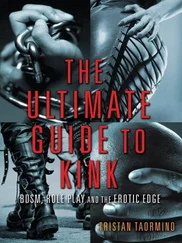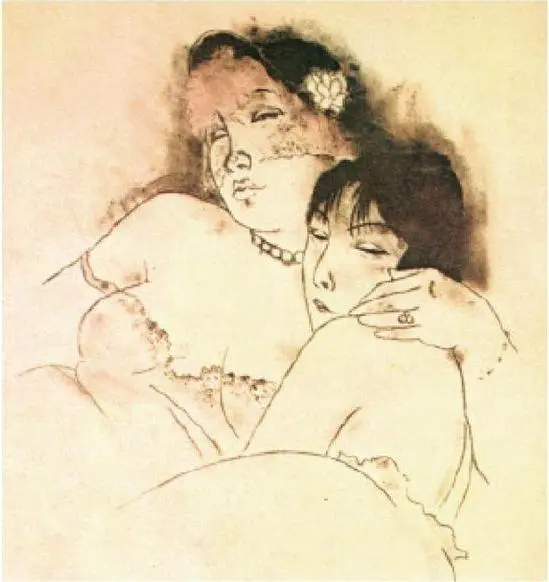
Mammen, The Siesta , 1931
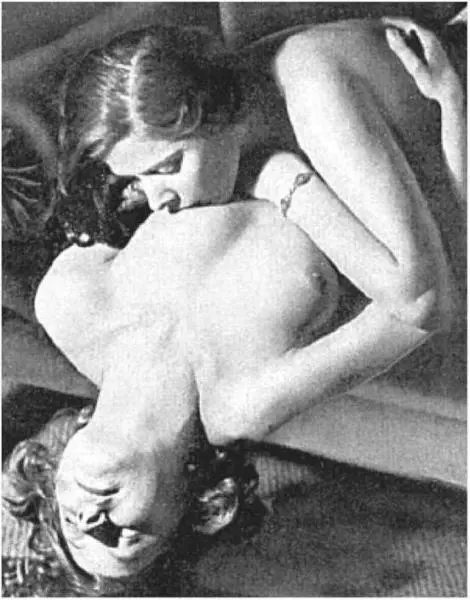
Von Perckhammer, Ecstasy

Schlichter, Women’s Club (The Topkeller), 1925
The Toppkeller opened its arms to sensation-hungry outsiders and “only-in-Berlin”-quoting journalists. Visually the nightclub bristled with intriguing contrasts and its entertainment atmosphere radiated high deviance, even by the proudly wacked-out standards of the city. Rumpelstilzchen, who was accorded carte blanche privilege there, noted that his fellow newspapermen affectionately referred to the three-storied funhouse as the “Les-Botanical Gardens.”
The Topp was hidden away from the street. Customers had to cross a dark courtyard and three gates (the first bearing a symbol of a toilet) and then negotiate a narrow stair-well before they reached the club’s ante-chamber. In the foyer, each guest was inspected by two enormous, cigar-smoking Bubis , holding court at a ticket table. Once approved, female customers were expected to bend forward (depending on their state of dress) in order to receive a complimentary kiss from one of the Bubis . Men, after paying admission, were merely waved through.
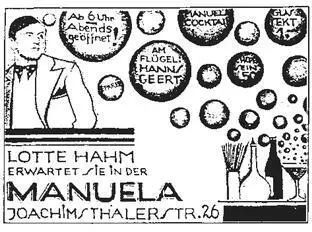
Inside, the Topp shook with libertine excess. The place swarmed with pouty glam dolls, club girls, whores of every stripe, foreign dignitaries, star-struck Nuttes , and in-the-know pervs. “Beauty” contests (where patrons voted on the shapeliest body parts of otherwise cloaked volunteers) opened the evening. Lesbian reel-dances and spin-the-bottle type party-games filled the dance floor until midnight. Then under the conductorship of a statuesque Domina named Napoleon, dizzy Hot Sisters warbled their way though the “Lilac Song,” Berlin’s unofficial lesbian anthem.
The proprietor of the Topp was the gorgeous blonde, “Gypsy-Lotte.” A dynamic Sharper , she was said to know the exact erotic preferences and favorite drinks of her Diele regulars. Lotte’s liberating wit and scintillating personality drew together the Topp’s broad and variegated audience. And whenever the carnal atmosphere began to dim, Lotte scolded the clubgoers with her much-remembered catchphrase: “Mood, mood, children!” On “Elite-Women’s Night,” a monthly feature, Lotte donned a fortuneteller’s costume and transformed into her alter-ego character, “Princess Nana Hama,” a man-crazed, Gypsy clairvoyant. Lotte’s parodies of sexually fiendish straight women especially delighted her many doting lesbian fans.
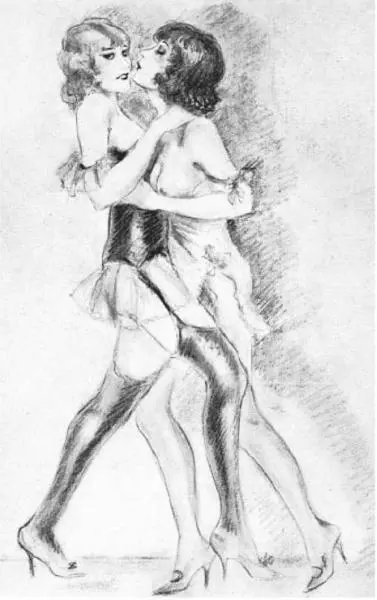
Vala Moro, Young Newlyweds
More typical of Berlin’s Girlfriend nightlife was its unique institution of lesbian social clubs. There were at least three dozen of these and they ranged in size from 600 to less than ten. The smallest clubs functioned more like extended families than determined political cells or narrowly-focused women’s associations. The club members socialized on a regular basis, took holidays together, often pooled their money, and made a conscious attempt to forge a group identity. The activities of the lesbian social clubs were relatively easy to track because of their openness and the lesbian press’ coverage of them. A good example was “The Whistle Club,” a hard-partying crew, consisting of seven to twelve Gamines .
Beginning in 1928, the Whistle Club met every Thursday at the “Princess Café,” a Berlin West nightspot and gemütlich restaurant. Mostly secretaries and fed-eral clerks during the day, the Whistlers banded together to open a joint savings account, shared a wacky lottery-betting scheme, and, in winter, registered as a skating society. Their madcap activities at the café included out-of-key sing-alongs with the conférencier Erich Fuchs, line dancing, and constant erotic funhousing with all-work bar-maid Liselotte.
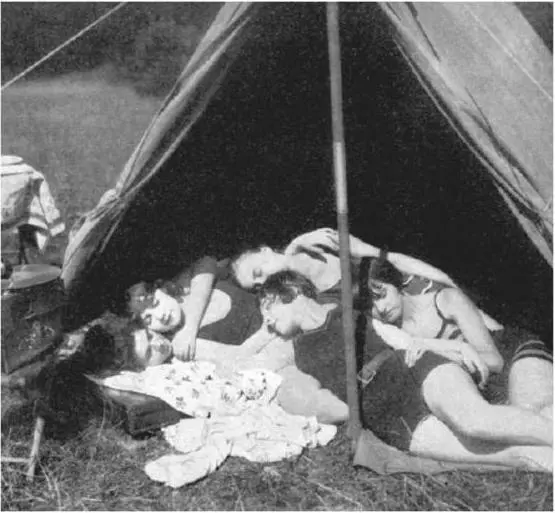
Gamine club on an outing
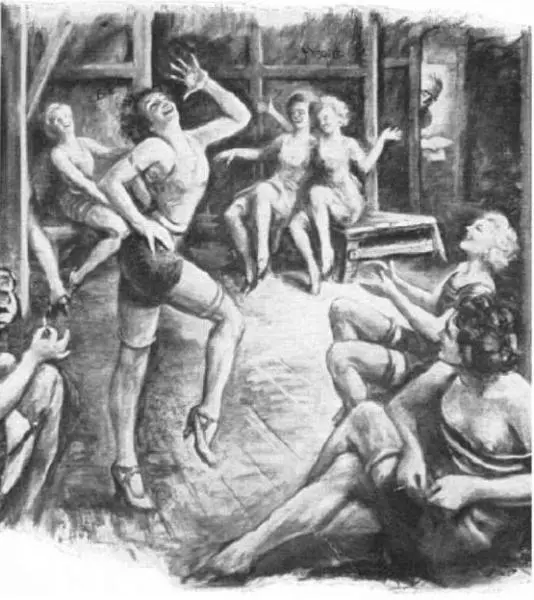
Each Whistle Club member transformed into an erotic play-character at night, and none more so than the entertaining Irma, a tiny flirtatious boy-girl with striking Slavic features and a brown Bubikopf . Always dressed in an adorable sailor suit, Irma was known for her favorite pastime, “rag-doll.” She sprang from chair to chair, allowing her clubmates to fondle her flagrantly and play with her body as if she were a mechanical, wind-up toy soldier or lifeless (if spectacularly sexy) puppet.
Another public amusement involved the meticulously groomed, blonde Liselotte. She was actually a fastidious and highly secretive male transvestite. Her gender dysphoria was the target of practical jokes and smutty teasing from the lesbian regulars and a source of confusion for the casual straight drop-ins. Broken-toothed Grete Nissen, the proprietor of the Princess Café, often accompanied the Whistle Clubbers in their choral performances and actively encouraged their sexual torment of Liselotte, apparently her son.■
Those who study the problem of transvestitism more closely and have the opportunity of meeting many transvestites, are surprised again and again at the extent and intensity of this peculiar phenomenon.
Magnus Hirschfeld,
Sex Knowledge , 1928
I was told that some of those [prostitutes] who looked most handsome and elegant were actually boys in disguise. It seemed incredible, considering the sovereign grace with which they displayed their saucy coats and hats. I wondered if they might be wearing little silks, under their exquisite gowns. Must look kind of funny I thought—a boy’s body with a pink, lace-trimmed shirt. Not very pleasant, though. Were there Russian princes among those picturesque, if somewhat revolting hermaphrodites? Or sons of Prussian generals, who, in such a bizarre mode, protested against the rigid principles of their fathers?
Klaus Mann, 1942
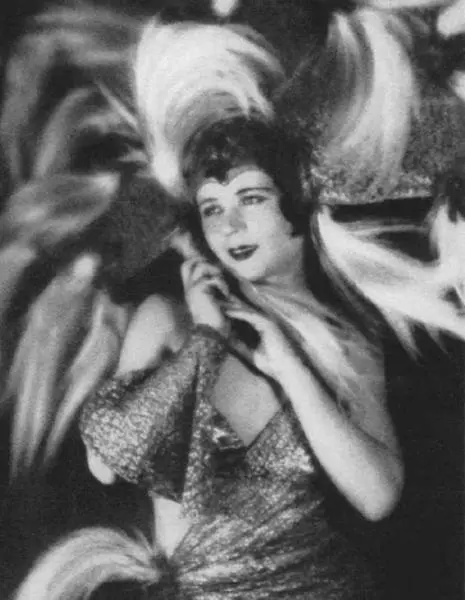
Muguette, female impersonator from the Eldorado, 1931
Rouged Line-Boys in female garb plying their trade near the Passage, Aunties in long gowns quietly sharing a beer in darkened lounges, and raucous transvestite nightclubs in the Berlin West were among the most common representations of Berlin decadence. German provincials, foreign sightseers, and gossip columnists alike gravitated to these baroque displays of gender mystification. Both sexual freak show and a high-class amusement, public drag scenes provided a comic relief from the more threatening forms of erotic behaviors on Berlin’s ever-widening spectrum. Most Berliners and fellow tourists, straight or gay, could share a judgment on this one resplendent perversion: cross-dressed men and women were ridiculous, pathetic, harmless creators—contemptible, beyond the pale of serious sexuality. They were truly queer.
Читать дальше











